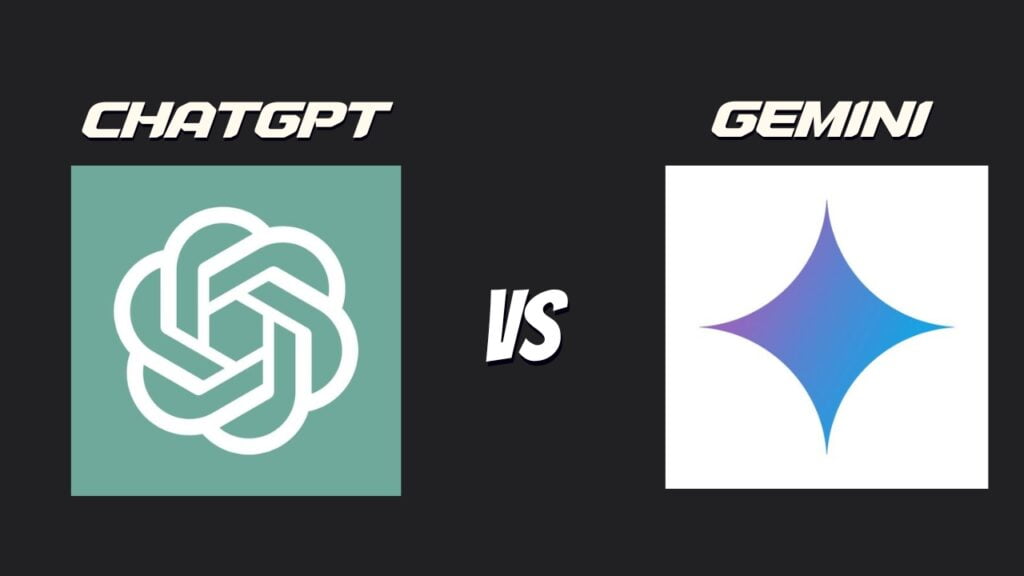Content refers to the information and material that is created and shared through various media channels, such as websites, blogs, social media platforms, videos, and more. It can include text, images, videos, audio, infographics, and any other form of digital or tangible media.
Creating valuable content involves several key steps.
Here's a guide to help you create content that is useful, engaging, and valuable to your target audience.
1.Understand your audience
Understand who your content is intended for. Define their demographics, interests, needs, and pain points. This will help you tailor your content to address their specific concerns.
2. Identify relevant topics
Identifying relevant topics for your content requires understanding your target audience, staying updated on industry trends, and conducting thorough research.
Firstly, you need to know your audience's interests, needs, and pain points.
Stay updated on industry news and trends through industry publications, blogs, and networking. This will help you identify emerging topics or areas of interest.
Finally, conduct keyword research using tools like Google Keyword Planner or other SEO tools to identify popular search terms related to your niche. By combining audience insights, industry knowledge, and keyword research, you can identify relevant topics that align with your audience's interests and address their needs.
3. Plan your content
Here's a step-by-step guide to help you plan your content effectively:
- Define your main topic or theme
- Conduct research
- Create an outline
- Craft an engaging introduction
- Divide your content into paragraphs
- Start with a topic sentence
- Develop supporting details
- Ensure coherence and transition
- Use proper paragraph structre
- Craft a compelling conclusion
- Revise and edit
4. Provide unique insights and perspectives
To offer unique insights, it's important to stay updated on the latest developments, trends, and research in your field.
Take the time to analyze the information you gather and look for patterns, connections, or discrepancies. Identify common assumptions or prevailing viewpoints and question them critically. Synthesize various sources and viewpoints to form your own unique perspective.
5. Be informative and actionable
Being informative and actionable is key to engage your readers and provide them with valuable content.
Gather reliable and up-to-date information from credible sources to ensure the accuracy of your content. Use reputable websites, books, scholarly articles, or interviews with experts to back up your claims.
Structure your blog in a logical and coherent manner. Use headings, subheadings, and bullet points to break down your information into digestible sections. This makes it easier for readers to navigate and find the specific information they're looking for.
Write in a way that is easy to understand and avoids unnecessary jargon or technical terms. Keep your sentences and paragraphs short and to the point and use plain language to ensure clarity.
End your blog with a call to action, inviting readers to share their thoughts, ask questions, or provide feedback in the comments section. Respond to their comments to foster a sense of community and encourage further interaction.
6. Use engaging formats
Using engaging formats in your blog can make your content more visually appealing and help to capture and retain your readers' attention.
Here are some formats you can incorporate into your blog:
- Infographics
- Videos
- Images
- Slide decks or presentations
- Interactive content
- Lists and bullet points
- Quotes and callouts
Remember to use these formats judiciously and ensure they align with your blog's overall tone and purpose. The goal is to enhance your content and engage your readers, so choose the formats that best suit your topic, audience, and objectives.
7. Encourage Interaction and feedbacks
Encouraging interaction and feedback in your blog is crucial for fostering engagement and building a community around your content.
Ask open-ended questions.
Write in a conversational and approachable style that invites readers to participate. Use inclusive language and engage with readers as if you're having a conversation with them.
Make sure that comments are enabled on your blog posts so readers can easily leave their thoughts. Additionally, include social sharing buttons to encourage readers to share your content on their preferred social media platforms. This expands the reach of your blog and invites more people to engage with your content.
Invite readers to contribute guest posts or share their own experiences on your blog.
8. Continuously learn and improve
Cultivate a mindset of continuous learning and curiosity. Remain open to new ideas, perspectives, and feedback. Embrace opportunities to explore topics outside of your comfort zone, as they can broaden your horizons and bring fresh insights to your content.
Take time to reflect on your own writing and assess your strengths and areas for improvement. Regularly review and evaluate your past blog posts to identify patterns, understand what resonates with your readers, and refine your content strategy accordingly. Continuously iterate and refine your approach based on your learnings.
Consider the best format to present your content. Will it be an article, video, infographic, podcast, or something else? Different formats work better for different types of content and cater to different preferences of your audience.









